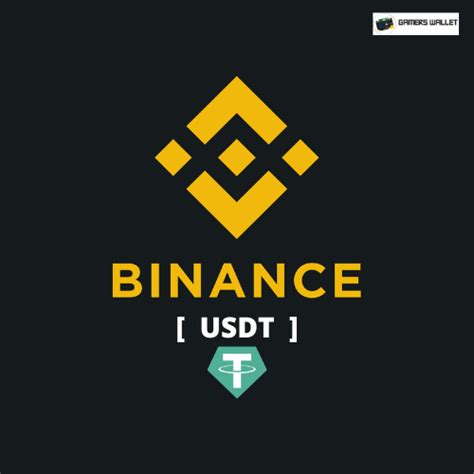Here is an article on how to modify your existing Node.JS route to return Tron Network transactions, not binance:
Binance API route modification to return Tron Trades
As a developer who works with Ethereum and Tron, you are probably known as Binance API for transactions. However, its current introduction returns trade from the Binance platform. To modify this route and return Tron network transactions, we will need to make some adjustments.
Step 1: Identify the Parameter of API Tron

Before we start, we will identify the relevant parameters of Tron Blockchain for transactions:
* API TRC-20 of the marker : “GET/API/V2/negotiate” (returns commercial data for a particular marker and pair)
* API TRX TOKEN TRABELO : GET/API/V1/negotiate" (returns commercial data for a particular marker and pair)
We will use the destination of the TRX marker trading API as our starting point.
Step 2: Modify the Binance API route to return Tron Exchange
To return transactions from the throne, we need to make the following changes in your existing route:
JavaScript
CONST REACTION = Wait for the customer.get ($ {destination}/exchange);
`
* No: indicates the markers and couples you want to get transactions (for example, TRX/ETH)
*To: Indicates the markers and couples you are interested in obtaining transactions
JavaScript
Reaction = Wait for the customer.get ($ {destination}/transactions? No = TRX & to = eth);
`
Step 3: Update Node.JS Route Code
Here is an example of a code fragment that shows how you can modify your existing route to return Tron transactions:
`JavaScript
Const Express = Ask (‘Express’);
Const app = Express ();
Const {client} = ask (‘@truffle/truffle-client’); // Import Library of Truffle Customers
// Define a new instance of the API customer with the parameter and marker of API TRX token Trading
CONST TRXCLIENT = NEW CUSTOMER ({
Host: ‘
Marker: ‘Your_tron_Token’
});
App.get (‘/negotiate’, asynchronous (req, res) => {
To try {
CONST Negotiapons = Wait TrxClient.get ($ {process.trx_api_endpoint}/negotiate);
// travel each negotiation and obtain the relevant information
Trades responses.data.foreach ((trade) => {
// assuming that the negotiation object has a "value" with the amount of negotiation
Console.log (trade: $ {trade.id} – from: trx, to: eth, sum: $ {trade.amout});
});
Res.Json (Trades Responsor);
} Catch (error) {
Console.error (error);
Res.status (500) .jon ({Message: 'Error obtaining negotiations'});
}
});
App.listen (process.env.port, () => {
Console.log (server listening to port $ {process.env.port});
});
In this modified code passage:
This code fragment shows how you can modify the existing route to return throne transactions. Remember to replace your real marker symbol (like TRX).
© 2022 – Potenza Building Material